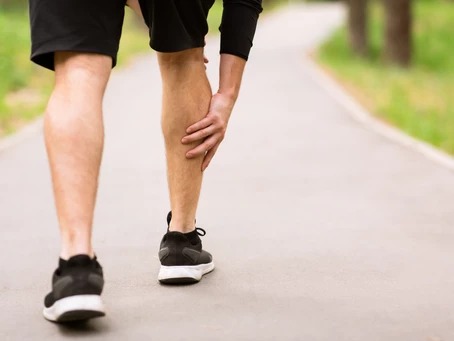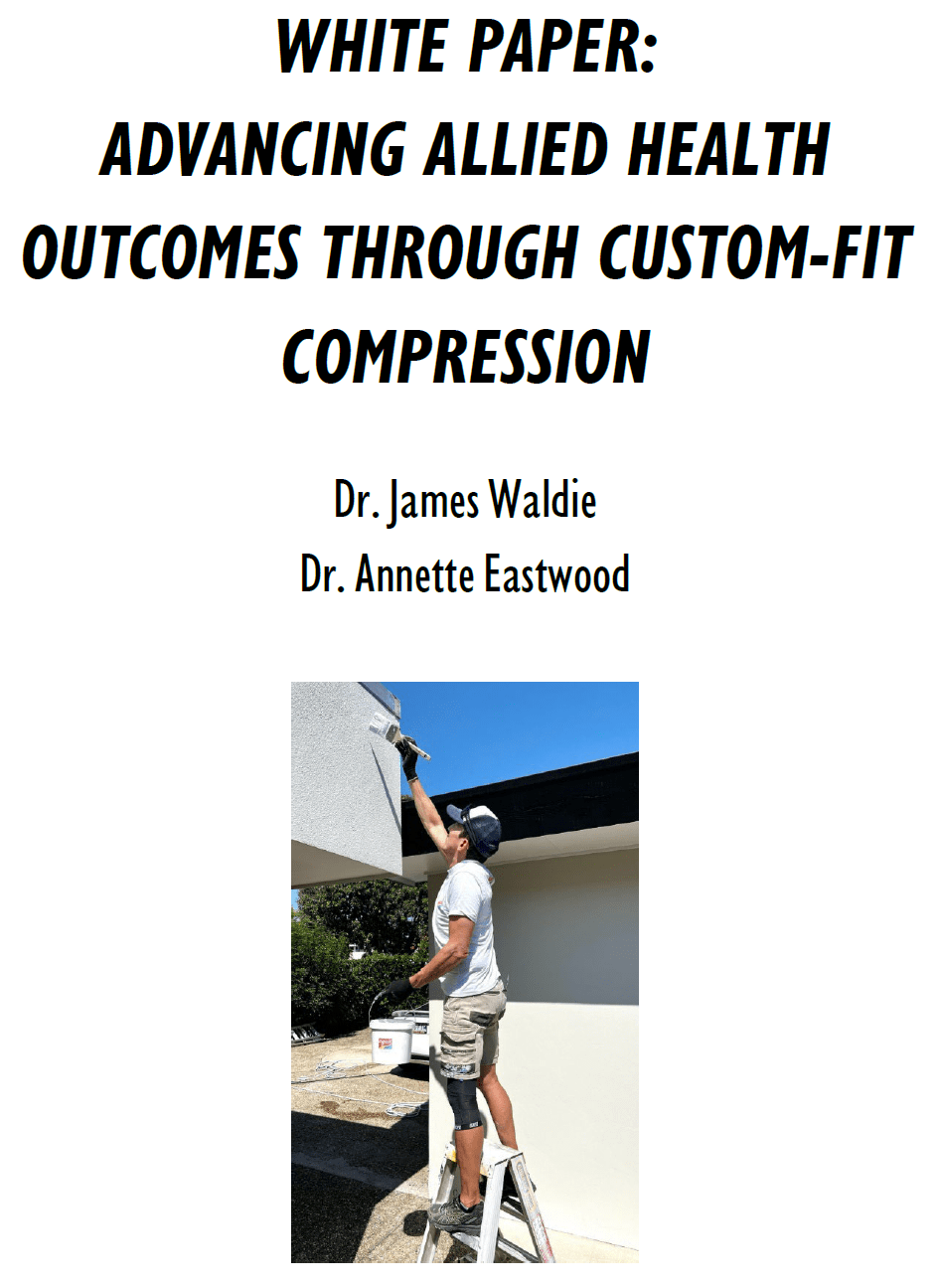In Part 1 of “The end of the ice age and start of the space age” we discussed the pro’s and cons of using ice baths / cold water immersion for athletic recovery, but what about sporting injuries?
Ice is widely used in the treatment of sporting injuries on the assumption that it reduces inflammation and speeds up the healing process. However, there is little evidence to support the use of ice in the management of soft tissue injuries, and conversely it has been suggested that ice may slow down healing and delay recovery.
The concept of ice for treating sports injuries was first introduced by Dr Gabe Mirkin in 1978 when he proposed the term RICE (rest, ice, compression, elevation). This concept was widely accepted and has become standard practice for most coaches and sports practitioners for the treatment of sporting injuries. More recently, Gabe Mirkin himself suggested that the ice component of RICE may delay healing and should not be used in treating injuries.
When there is damage to the tissues, inflammatory cells are sent to the injured area to repair and heal. These cells release a hormone called insulin-like growth factor (IGF-1) into the damaged tissues. Applying ice to an injury causes vasoconstriction and reduces blood flow and also prevents the release of IGF-1 which consequently slows down the healing phase.
So is it really the end of the ice age for treating sports injuries?
Ice can be beneficial for reducing pain in the period immediately post injury. Current recommendations are that if ice is to be used in the treatment of sports injuries, it should be applied only for a short period (5 minutes) in the acute phase.
Compression has been shown to be effective in reducing swelling and is still considered beneficial in the treatment of sporting injuries. Unlike ice, compression increases blood flow rather than rather than restricting it. Furthermore, compression garments have been shown to reduce oedema by creating an external pressure gradient and also reduce the space available for swelling to occur. Compression garments can also provide support to the injured area during the rehabilitation phase.
The goal of any rehabilitation phase is for an athlete to return to training and competition as quickly as possible. Therefore it’s essential for athletes to utilise the most effective strategies available to them. CAPE provide medical grade compression garments which are custom fitted to the individual athlete. In addition to garments for training, recovery and travel, CAPE offer specific garments for rehabilitation purposes. CAPE compression garments were originally designed for astronauts to minimise the negative effects of microgravity on bone loss and muscle atrophy, making them the most advanced compression garments both on and off the planet. So the ice age may be the past and the space age could be the future for injury management!


